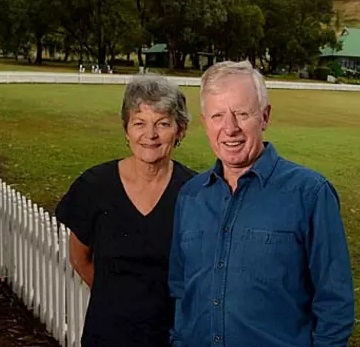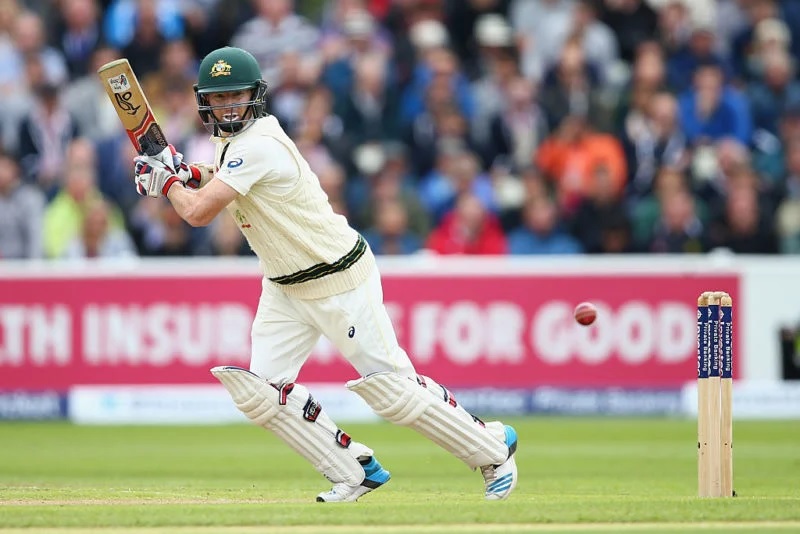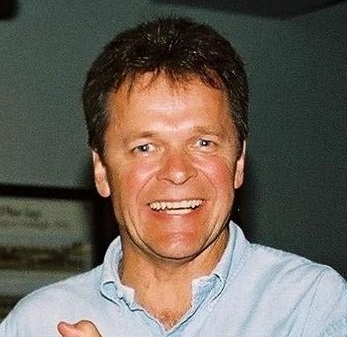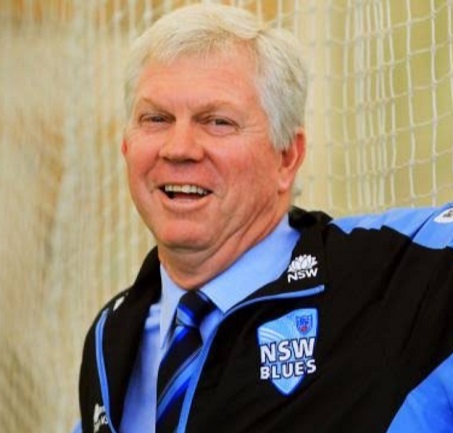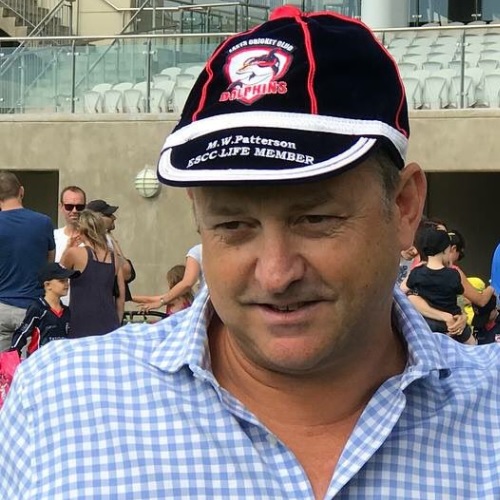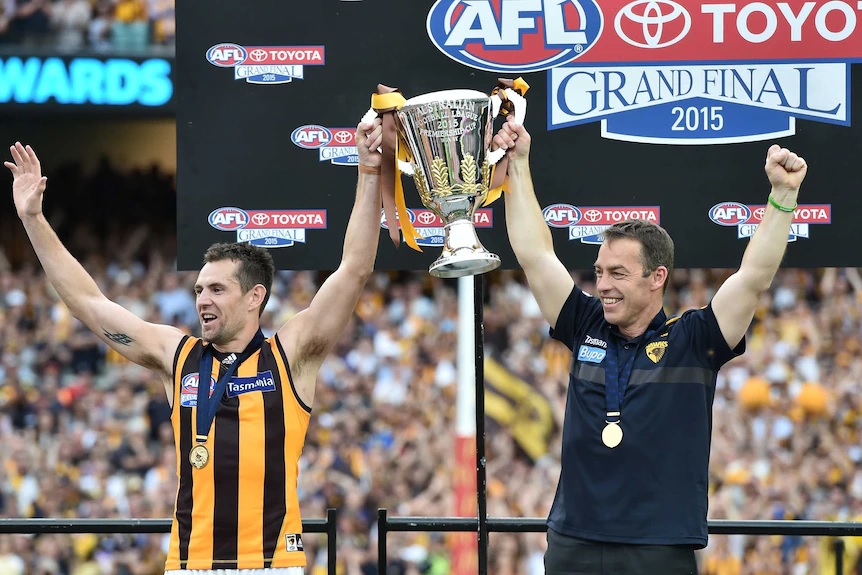last year

Who are the captains, coaches and leaders in cricket, sport, business or any field of life you admire and relate to most in terms of their achievements, respect and what they stand for?

Paul Ryan
Founder
Sydney, New South Wales, Australia
502 Likes
513 Followers
513 Followers
Who are the captains, coaches and leaders in cricket, sport, business or any field of life you admire and relate to most in terms of their achievements, respect and what they stand for?
If you’d like to mention why, please do.
Read More












